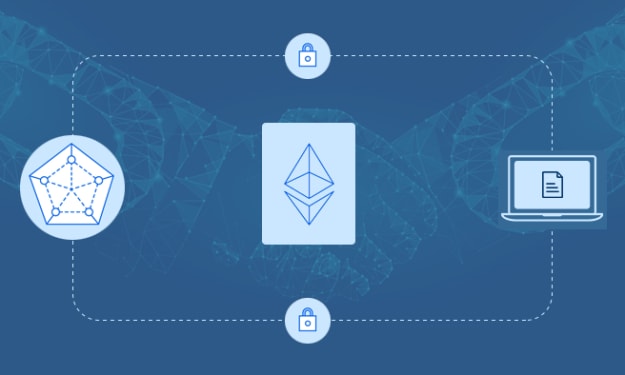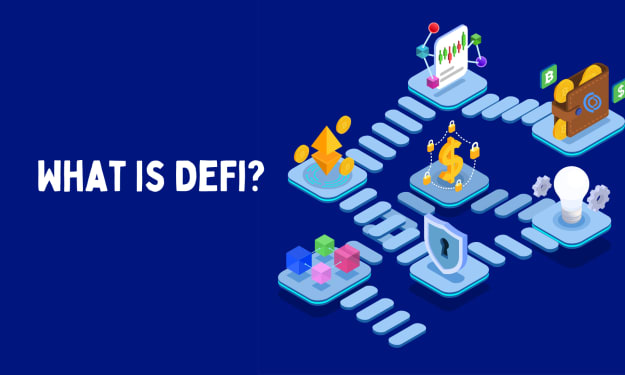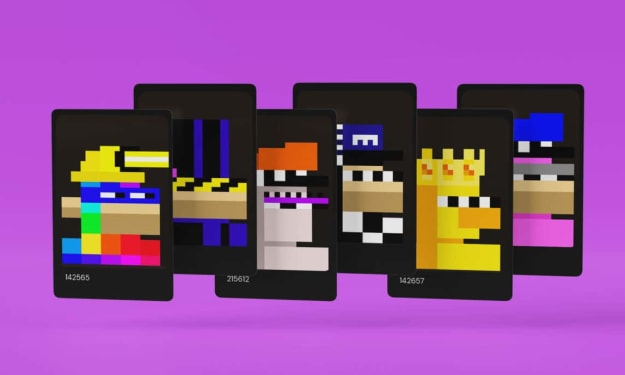
Utilization of active bridge
On the 20th, Coinbase, a major US cryptocurrency exchange, released a blog article explaining the “bridge” that enables token transfer between different blockchains. From the basic mechanism, we have summarized the points to note when using it by users.
According to the article, the activity between the Bridge Smart Contract Development Services compatible with Ethereum became active around April 2021 when the bull market in the altcoin market got into full swing. On September 12, the number of transactions using the bridge exceeded the maximum of 60,000 transactions / day.
Behind this are (1) an increase in the number of bridge apps (eg Wormhole), (2) an increase in networks compatible with Ethereum, and (3) an increase in decentralized apps ( dApps ) in chains other than Ethereum. be.
Networks that can connect to Ethereum, launched in 2021, include Avalanche, Ronin, Arbitrum One, Optimism, and Solana.
What is a bridge?
Coinbase defines the bridge as:
A bridge is an application that uses cross-chain communication technology to enable transactions between two or more networks, such as layer 1, layer 2, and off-chain services.
One of the reasons users use the bridge is to access a network that offers cheaper fees and faster transactions than Ethereum. Bridge technology will also allow assets other than the network’s native tokens to be used to gain price exposure to other currencies. (Example: Wrapped BTC (wBTC), etc.)
In addition, there are cases where bridges are used to access a wider range of dApps. Cross chain bridge development For example, access to game apps that cannot be deployed on the Ethereum mainnet due to transaction speed and block size restrictions will be possible by using the bridge. Bridges also appear to be used to participate in network incentive programs, such as distributing free tokens to the community.
Coinbase released daily deposits and withdrawals (in US dollars) to Ethereum Bridge in the first quarter of 2022. The increase in volume was significantly influenced by events such as project launches , airdrops , incentive programs, and even hacking into bridges.
How the bridge works
Bridges allow the movement of tokens between networks, but instead of moving the tokens themselves, they link “expressors of tokens” like wrapped tokens in a bridge contract.
Linking between chains is done by the following process.
-Deposit assets (tokens) in the original network A bridge contract A
-Bridge contract A locks the asset and notifies bridge contract B of the remittance destination network B.
-Bridge Contract B mint (creates) a new token that represents a locked asset (A’s wrapped token)
-Bridge contract B sends the newly created wrapped token to the address of network B.
-When sending assets from network B to network A, bridge contract B burns the wrapped token and notifies bridge contract A. Bridge Contract A verifies the withdrawal authority and unlocks the assets locked to Bridge Contract A if there are no problems.
Bridge safety
Coinbase cautions that using the bridge involves risks, such as the inability to withdraw user funds during the deposit and withdrawal process and the possibility of being victimized by cyber attacks.
For example, in terms of bridge security, if there are bugs or vulnerabilities in smart contracts , Build a cross chain bridge they can be the target of cyber attacks. In February of this year, one of the major bridges, Wormhole, was hacked, and 120,000 ETH (about 47.6 billion yen) was leaked from the bridges of Solana (SOL) and Ethereum (ETH) .
Related: Cryptocurrency exchange FTX, tokenized stocks such as Apple and Tesla can be bought and sold less than 1 share
Custodians on locked assets could also be the target of cyber attacks. The illegal outflow from the Ronin Bridge (a side chain of the NFT game “Axie Infinity”) that occurred in March this year caused damage of over 70 billion yen. The four validation nodes operated by Sky Mavis, which created the Ronin bridge, were controlled by an attacker.
Coinbase is also layer 1 (main chain), Build a token bridge where hostile miners and validators can take control of more than 50% of the network and illegally acquire locked funds, or someone can make a bridge contract. It is pointed out that the possibility of blocking communication updates is not impossible, although the probability is low. When using the bridge, he warns that the loss of locked money theft is irreversible.
About the Creator
Sandyzakk
Enter and create digital economies, leveraging blockchain technology with our Metaverse development services. Design, build, and launch amazing experiences for your users effectively with a leading metaverse development company.






Comments
There are no comments for this story
Be the first to respond and start the conversation.